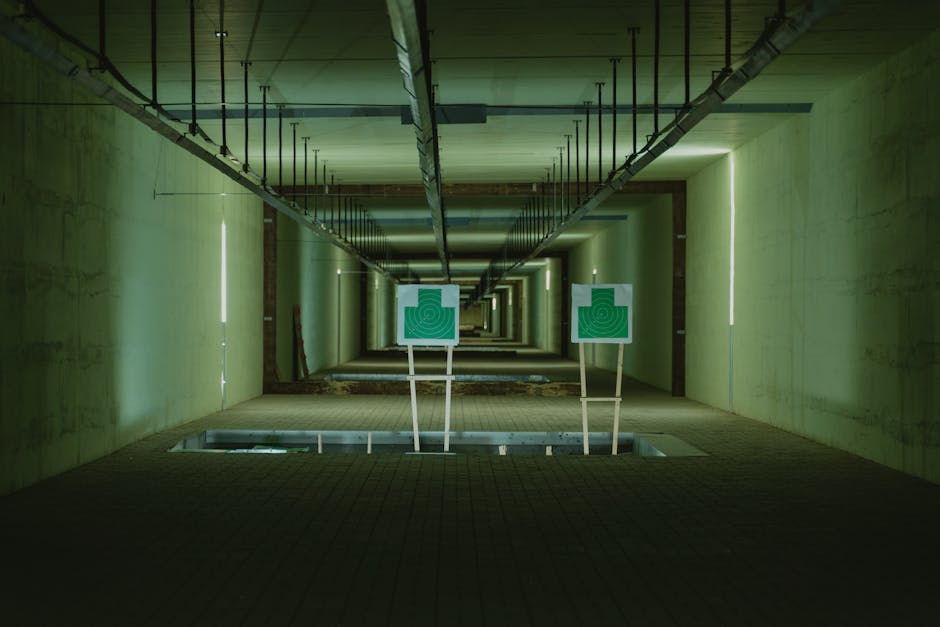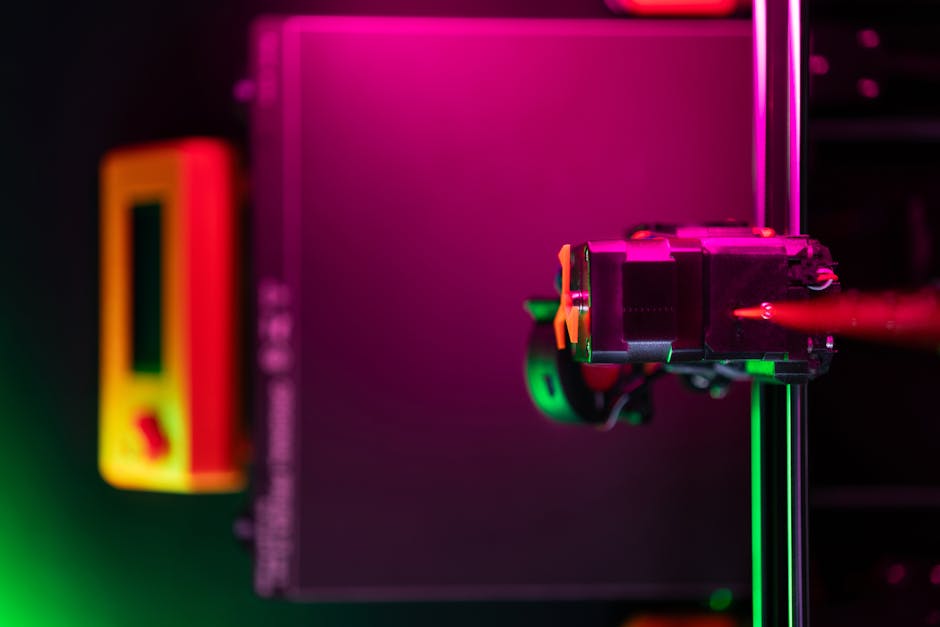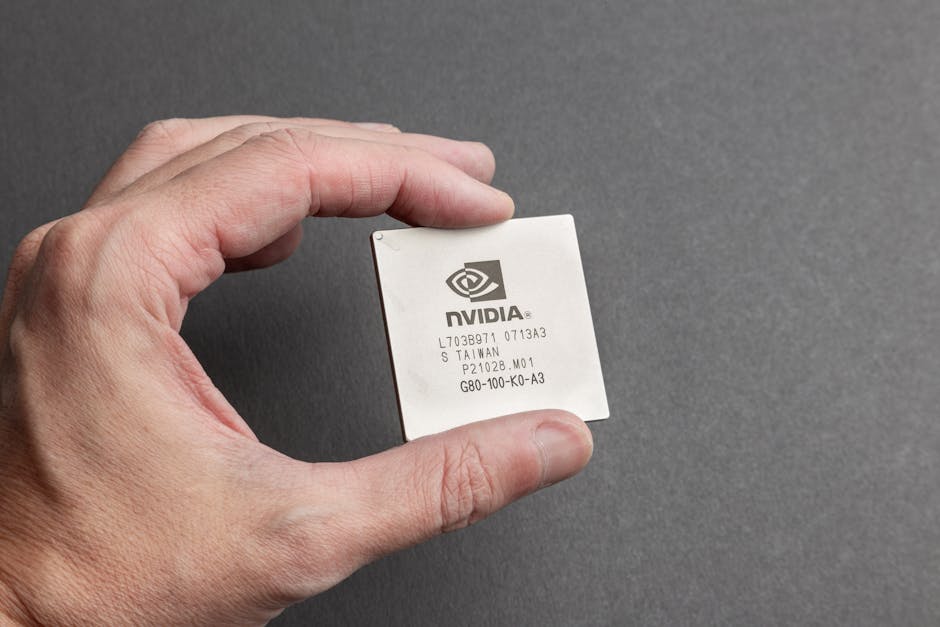In a stunning technological leap, someone made a ‘camera’ that can shoot at two billion frames per second—an imaging system so fast it makes The Flash look like he’s taking a casual stroll. This new device isn’t just an upgrade; it’s a fundamental shift in our ability to observe the universe.
What Does Two Billion Frames Per Second Look Like?
To put that number into perspective, consider this: your eye perceives the world at roughly 24-60 frames per second (fps). The super slow-motion on the latest smartphone, perfect for capturing a bursting water balloon, tops out around 960 fps.
This new technology is over two million times faster than that.
At two billion frames per second, you can literally watch a pulse of light travel. If you fired a laser across a coin, this ‘camera’ could capture that journey in hundreds of distinct frames. An event lasting just one nanosecond—a billionth of a second—can be stretched into a full one-second video. It’s a speed so immense it’s difficult for our brains to even comprehend.
Is This Really a ‘Camera’ You Can Buy?
Before you start saving up for your next vacation photos, let’s be clear: the term ‘camera’ is used loosely. This isn’t a DSLR you can sling over your shoulder.
It’s a highly complex laboratory system involving sophisticated lasers, sensors, and powerful algorithms that reconstruct images from scattered data. Think less of a Canon and more of a room-sized setup at a top research institute. The technology, often a variant of what’s known as Compressed Ultrafast Photography (CUP), doesn’t capture images like our eyes do; it rebuilds moments in time that are otherwise completely invisible.
Why a 2 Billion FPS Camera is a Game-Changer for Science
So, what’s the big deal? The applications for a camera that can shoot at two billion frames per second are nothing short of revolutionary and could change our lives in ways we can’t yet fully imagine.
- Medicine: Doctors could observe neurons firing in the brain in real-time, watching exactly how signals travel and, more importantly, what goes wrong in neurological diseases like Alzheimer’s or epilepsy. They could see how a drug interacts with a single cell the moment it makes contact.
- Physics and Chemistry: This is the holy grail for researchers. They can now directly observe chemical reactions as they happen, watching molecules bond and break apart. This allows them to study the bizarre world of quantum mechanics or analyze the precise moment a material fractures under stress, leading to stronger, safer materials for everything from cars to buildings.
- Engineering: Imagine seeing the process of combustion inside an engine with enough clarity to optimize it for maximum efficiency and minimal pollution. Or analyzing the micro-second explosion that deploys an airbag to make it even safer.
From Lab Bench to Everyday Life
While this ultra-fast imaging technology is currently confined to advanced laboratories, its implications will eventually trickle down. The fundamental discoveries made with these new eyes will power the next generation of innovations in medicine, communication, and materials science. It’s a reminder that there are entire universes of activity happening all around us, in the blink of an eye, that we were previously blind to.
We’ve just been given a new superpower: the ability to slow down reality itself. The world didn’t change, but with a ‘camera’ that can shoot at two billion frames per second, our ability to see it just did.




